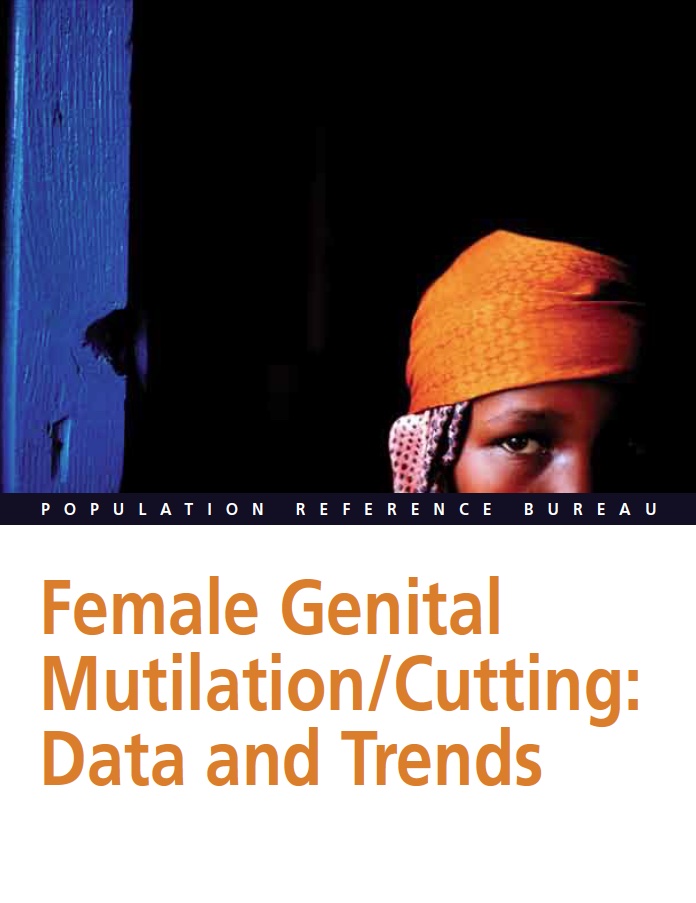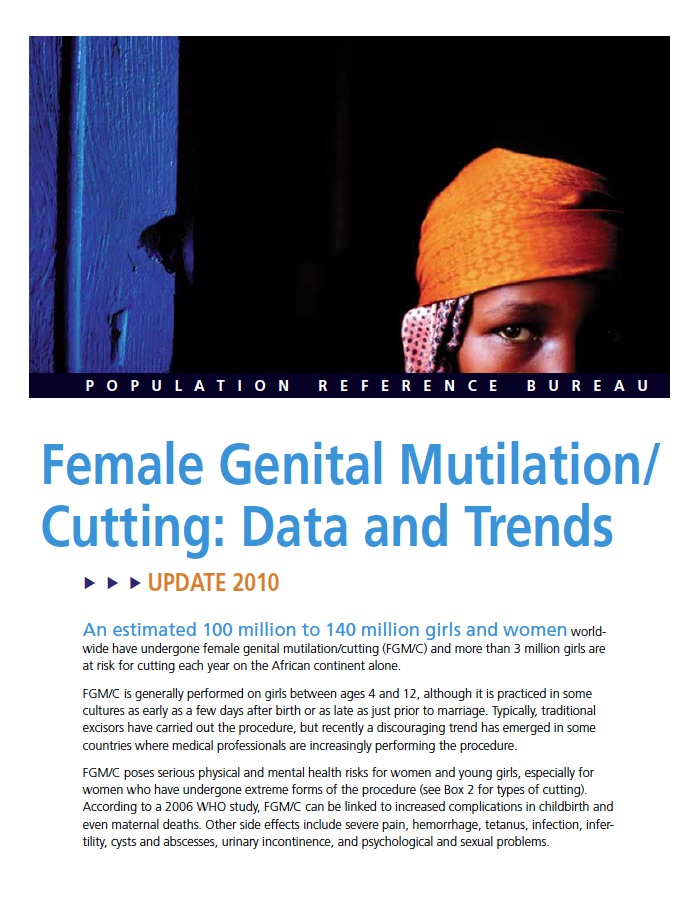Global Burden of Noncommunicable Diseases
(2012) Noncommunicable diseases (NCDs), also referred to as chronic diseases, are the leading causes of death worldwide.
(2012) Noncommunicable diseases (NCDs), also referred to as chronic diseases, are the leading causes of death worldwide.
(2003) Reaching age 100 has long fascinated society. The century mark holds an almost mystical importance as a seal of hardiness and good health — the sign of a life well-lived.

Project: PACE: Policy, Advocacy, and Communication Enhanced for Population and Reproductive Health
The linkages between family planning, inclusive economic growth, and resilience in SSA are featured in a new suite of materials.
Project: IDEA: Informing Decisionmakers to Act
(2014) News reporting in the past year by PRB's Women's Edition participants has been instrumental in exposing violence against women to authorities in Kenya and Pakistan and forging a path to justice for women who were raped.

(2008) An estimated 100 million to 140 million girls and women worldwide have undergone female genital mutilation/cutting (FGM/C) and more than 3 million girls are at risk for cutting each year on the African continent alone.

(2010) An estimated 100 million to 140 million girls and women worldwide have undergone female genital mutilation/cutting (FGM/C) and more than 3 million girls are at risk for cutting each year on the African continent alone.

Project: PACE: Policy, Advocacy, and Communication Enhanced for Population and Reproductive Health
Population statistics and database measuring growing human population distribution globally with an emphasis on youth.

Which generation had the toughest time as young adults?